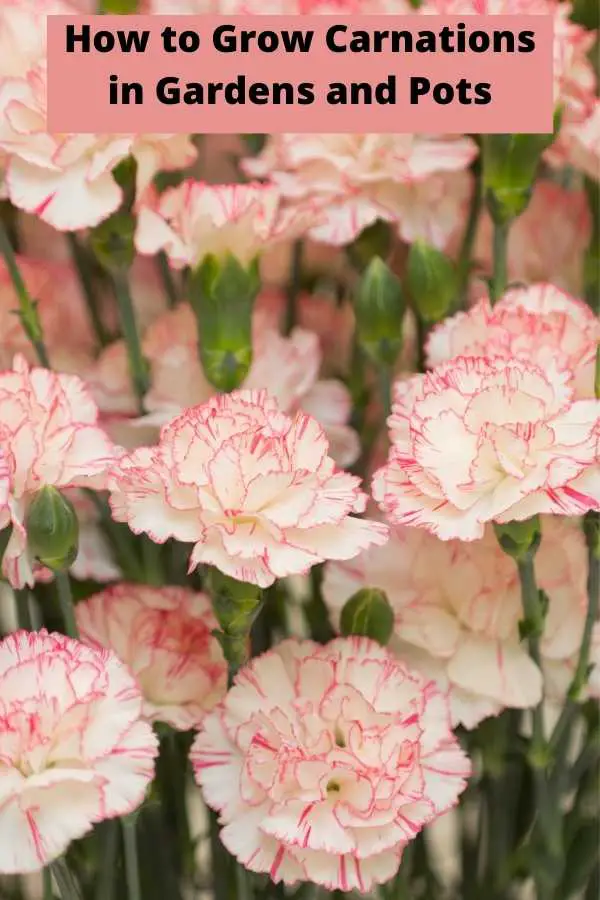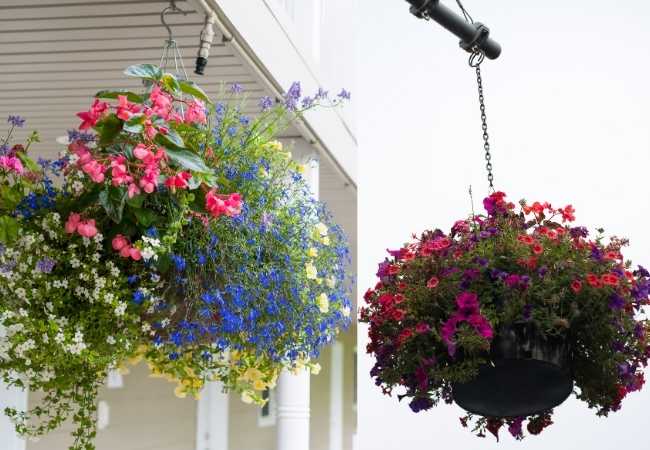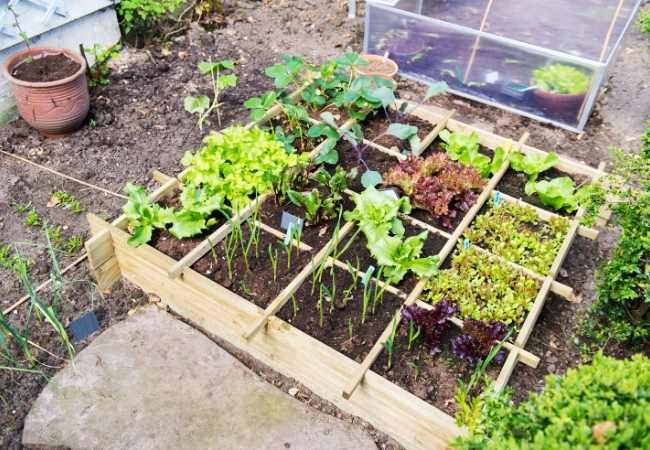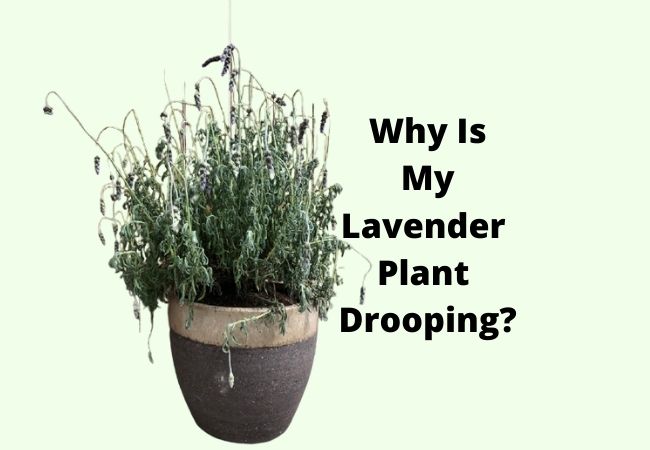How to Grow Carnations in Gardens and Pots
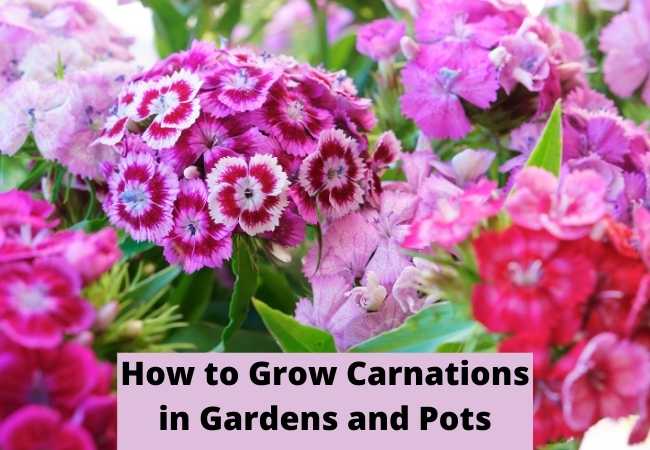
Dianthus Care and how to grow Carnations in gardens and pots easily and add some color to any space. Carnations are easy to grow perennials that anyone can grow successfully including beginners. The flowers are available in different colors, types, and sizes.
How to Grow Carnations in Gardens and Pots
You can enjoy beautiful blooms from Carnations season after season as long as you provide them with proper care.
They also make gorgeous cut flowers or you can enjoy them as they grow out in the garden. The plants bloom late spring through late summer. The flowering time depends on the variety.
Carnation Varieties and Types
There are three types of Carnations: Large-Flowered Carnations which produce one large bloom at the end of each stem. The second type is the Spray Carnations which are also known as the Mini Carnations. They produce many small blooms at the end of the stems.
The third type is the Dwarf Flowered Carnations which also produce several mall sized flowers from one stem.
There are many varieties to choose from some of the most common include Fruit Punch Spiked Punch, Super Trouper White Pink, Fruit Punch Cherry Vanilla, and Fruit Punch Classic Coral.
Soil
Carnations grow best in deep, sandy loam, well-draining soils. But they can also do well in a wide range of soil types and don’t have any specific soil needs.
The soil should be enriched with compost or fertilizer. Make sure the soil is well-dug and mixed and loosened up.
Planting
The best time to plant Carnations is during spring and fall. This gives the plants time to establish their root systems before winter.
It is also important to space the Carnation plants properly. The ideal spacing should be about 6-12 inches apart. Remember Carnations can grow in the same position for decades, spacing them properly ensures that they don’t get crowded.
When purchasing your potted plants, make sure that they are healthy. Starting with healthy carnation plants ensures that you will have healthy Carnations for many years.
Fertilizing
Fertilizing Carnations is necessary when establishing them the first time. Add a compost fertilizer to the planting hole. These provide the necessary nutrient for the plant to grow.
After the plants become established, fertilize them only during the growing season. Mix a small amount of fertilizer with compost and add it at the base of the plant. Mix it in with the soil at the base.
Light
The Carnations do well when growing under full sun. Best flowering will occur in direct sunlight, therefore ensure your plants get at least 6 hours of sunlight each day. When grown in shaded locations, Carnations will grow but will not do as well.
Temperature
Carnations are ideal for zones 3 through 9. Gardeners growing them in all these regions can grow the flowers as perennials.
Watering
You must provide you with newly planted Carnations with water. However, don’t keep the soil soggy to avoid root rot. After that only water them when the soil is dry.
If you growing them in a region that is getting enough rain, there is no need to water them. In comparatively drier areas, Carnations need to be watered once every week or as needed.
Avoid allowing them to sit in wet soils. When overwatered, the leaves start turning yellow.
Mulching
Mulching Carnations is necessary immediately after planting. Mulching helps retain water near the roots ensuring the soil doesn’t dry out too much.
Mulching also helps control weed development and reduces the competition that Carnations have for water and nutrients.
Deadheading
Deadheading Carnations is important because it promotes the production of new blooms. Remove all the spent flowers from the stems.
Diseases
Carnations can grow for years without any problems. However, they can still be attacked by rust and spider mites.
Propagation
The easiest method to propagate Carnations is by dividing the plant’s clumps. During fall planting time is the best time to split the plants.
Dig up a piece of the plant with a hand spade. Ensure each division has a portion of the roots. Ensure that each of the segments has several eyes. You can get several divisions from one mother plant depending on how old it is.
Plant the divisions immediately and add a layer of compost or mulch and water them. Take care of the new plants as you would with normal Carnation plants.
Only mature plants should be divided and used for propagation. This will ensure that the old plant and the new plants will have higher chances of survival.
Related Posts:
Final Thoughts
Carnations are awesome non-fussy flowers that any gardener can grow. They make beautiful cut flowers that can be included in all types of floral designs and arrangements.
Please share this post on how to grow Carnations in gardens and pots, I appreciate the gesture. Also, follow me on Pinterest if you would like to get more posts on growing different types of flowers.
